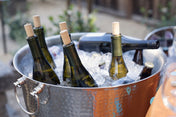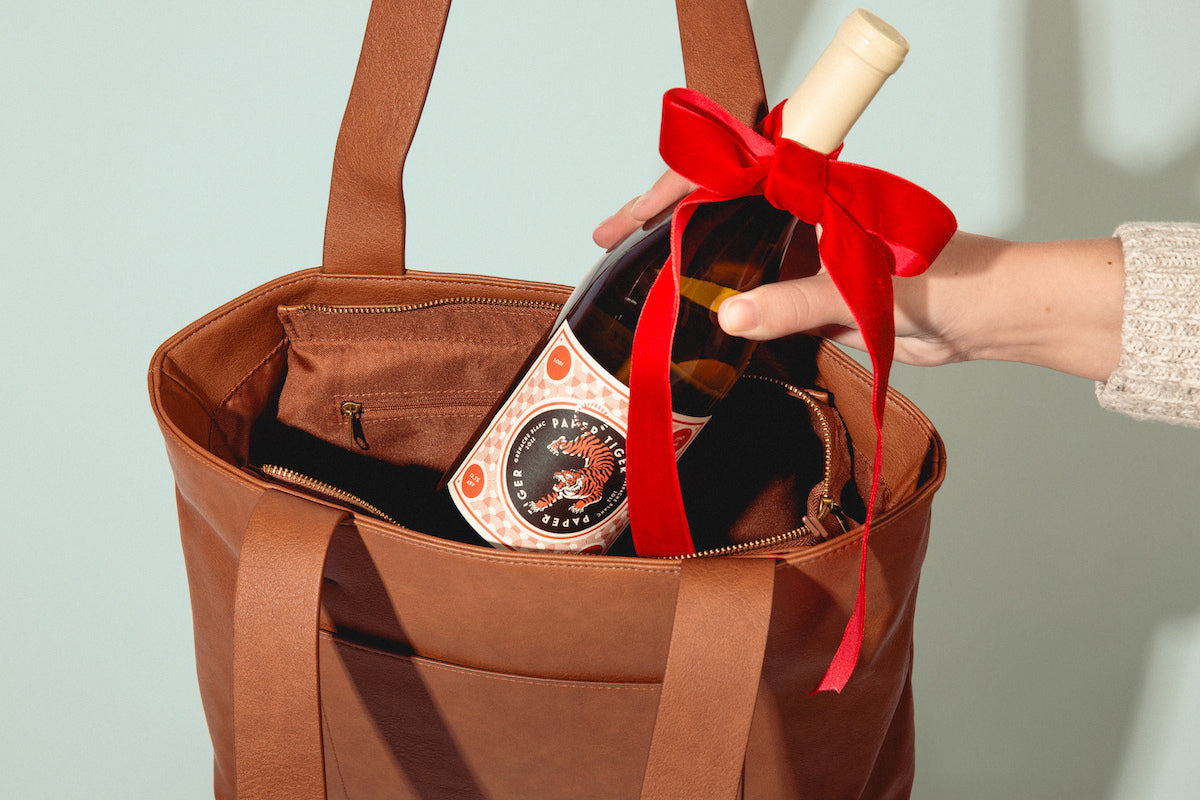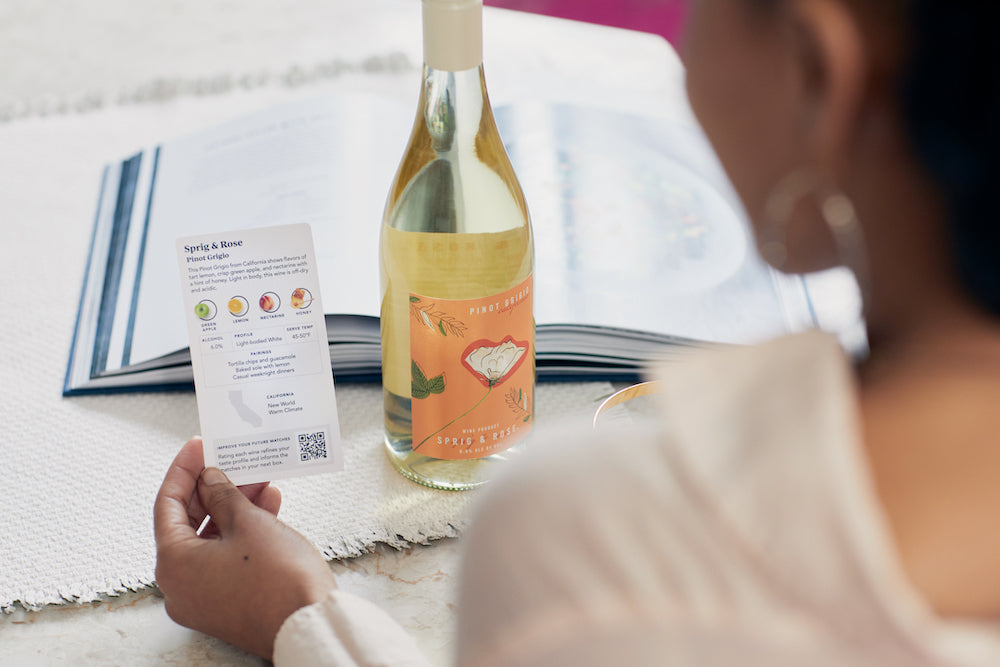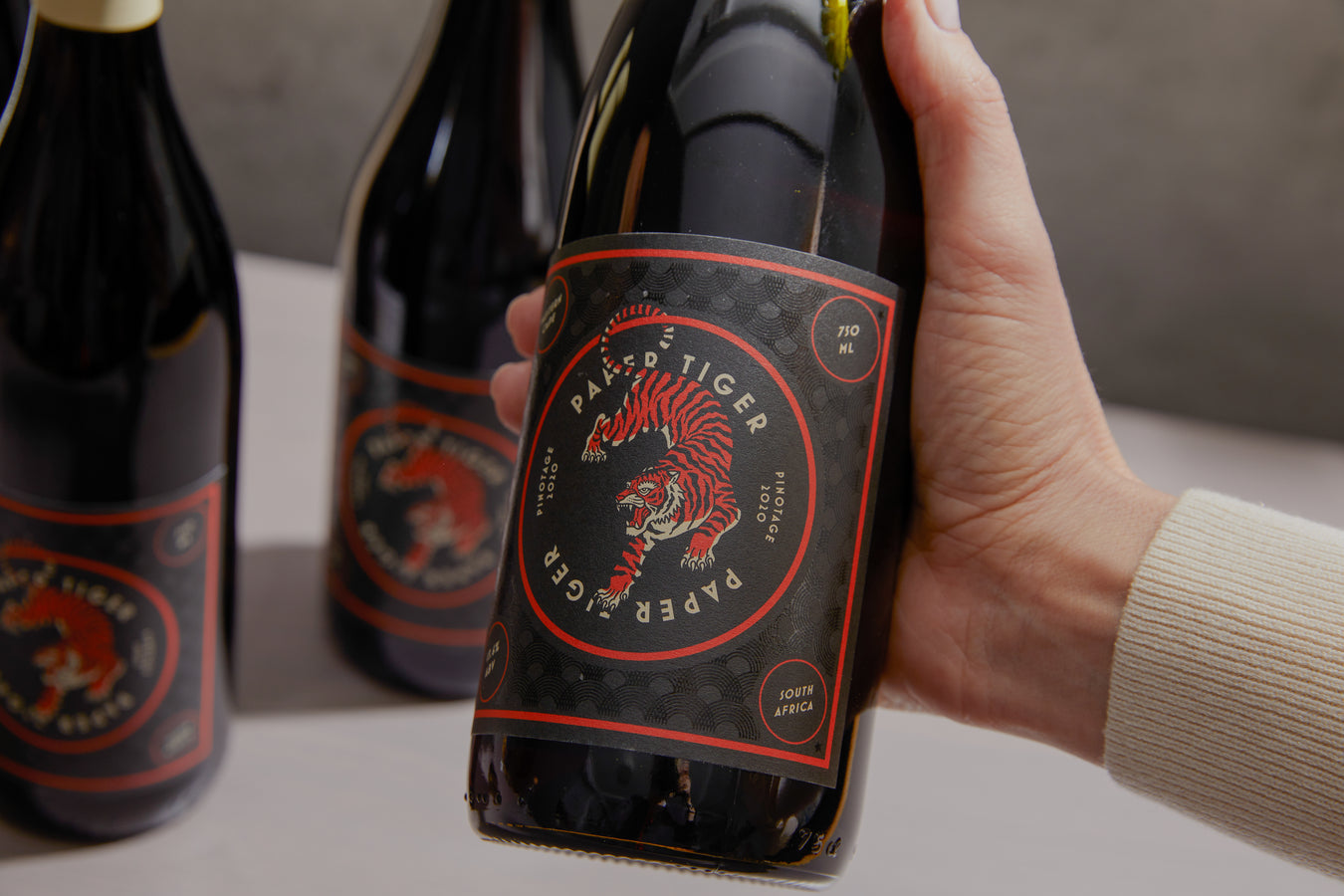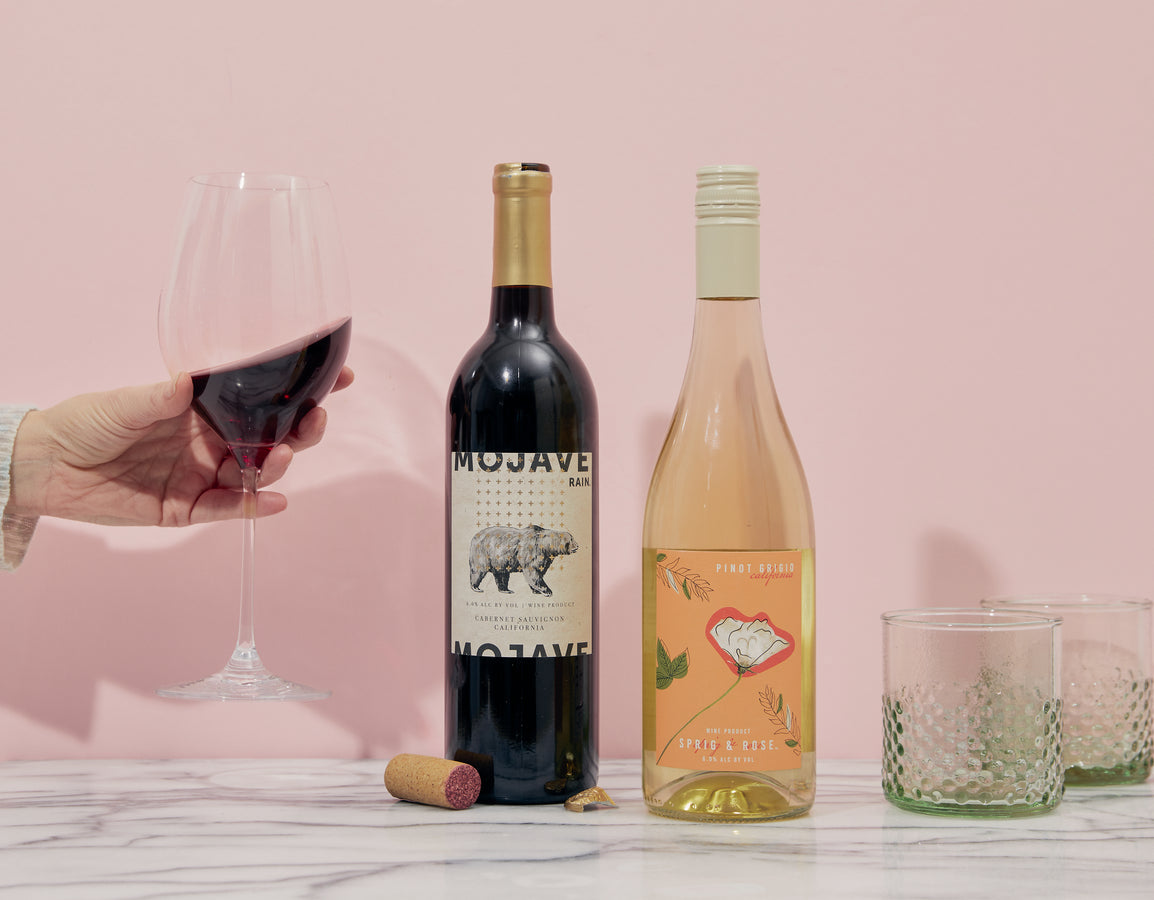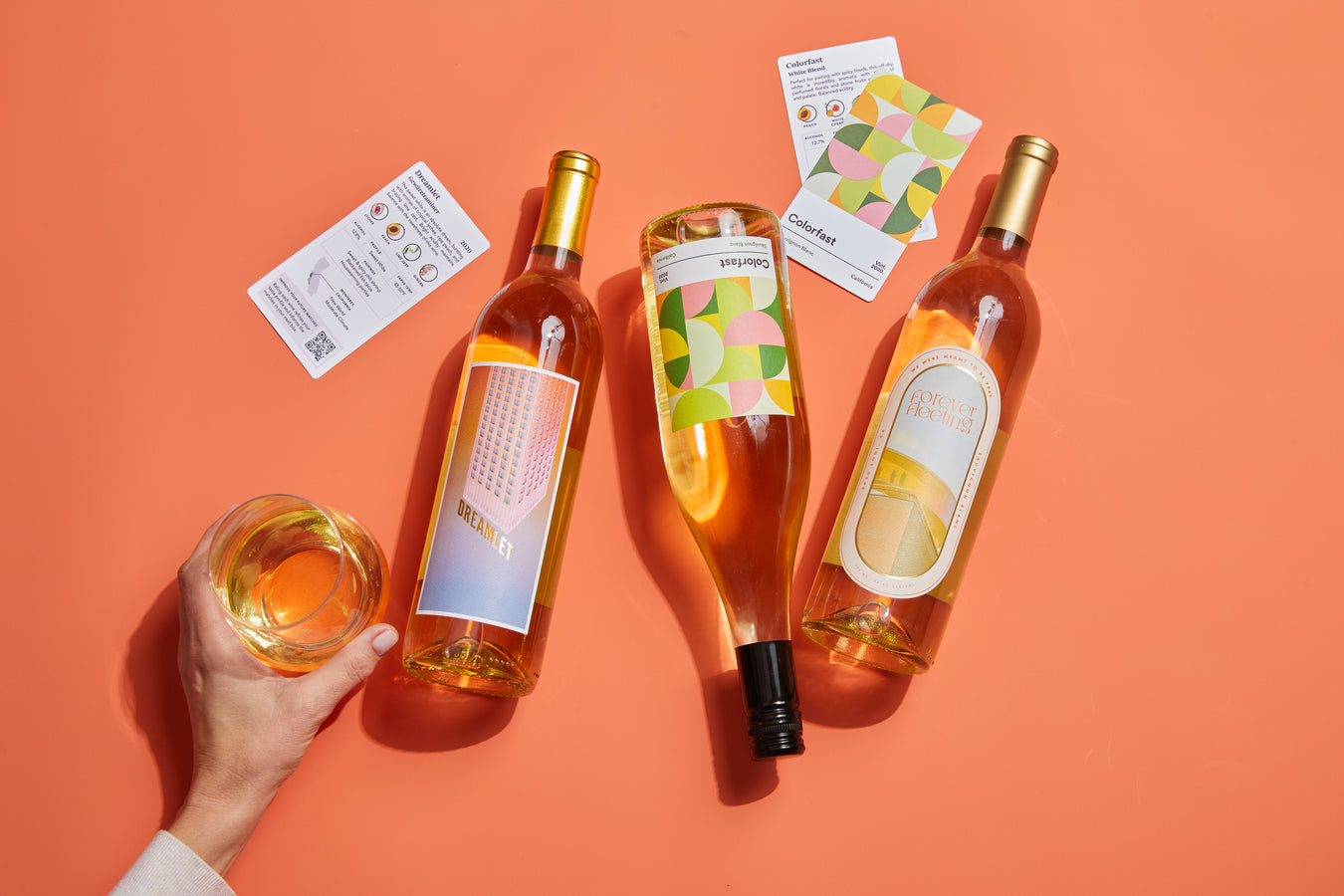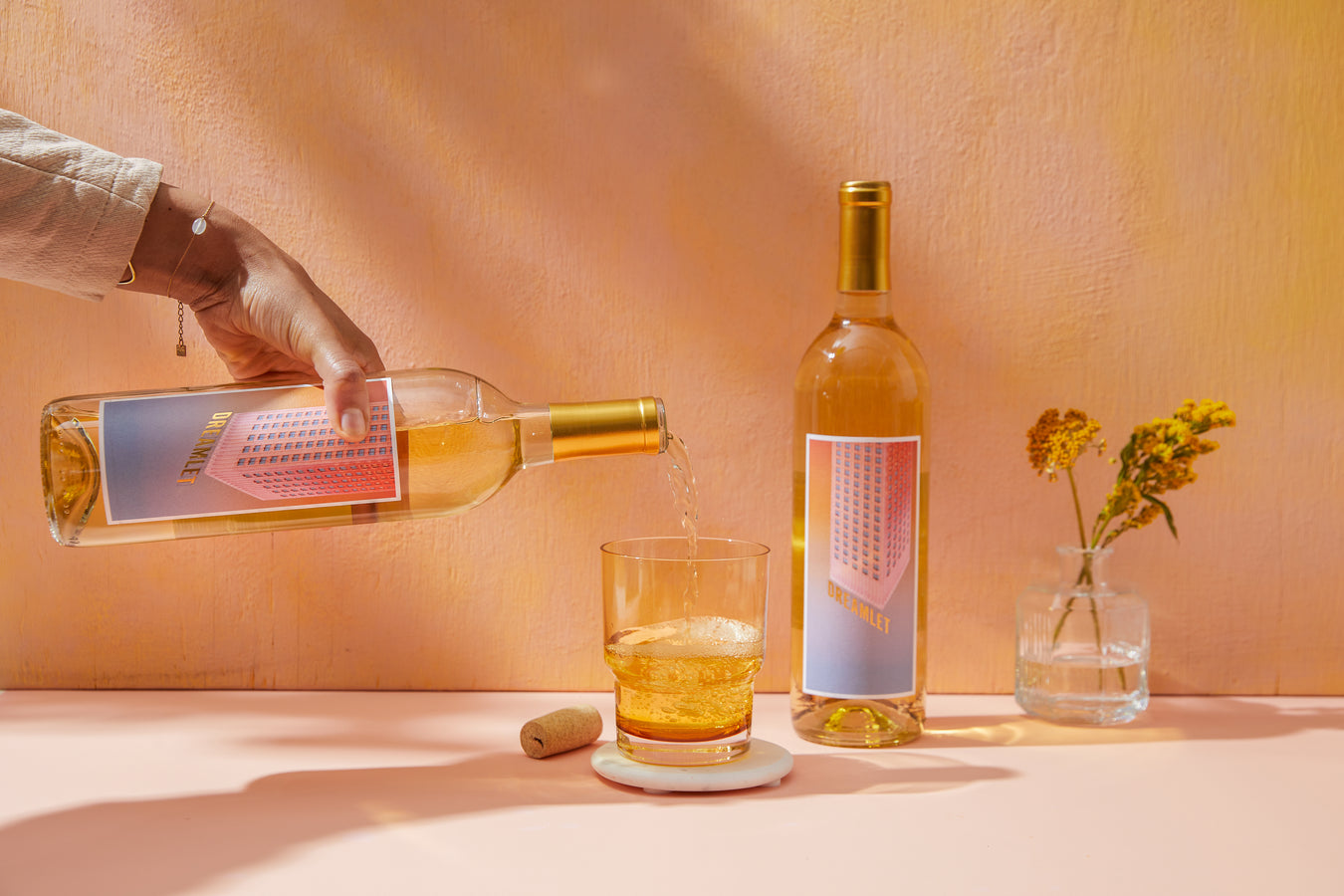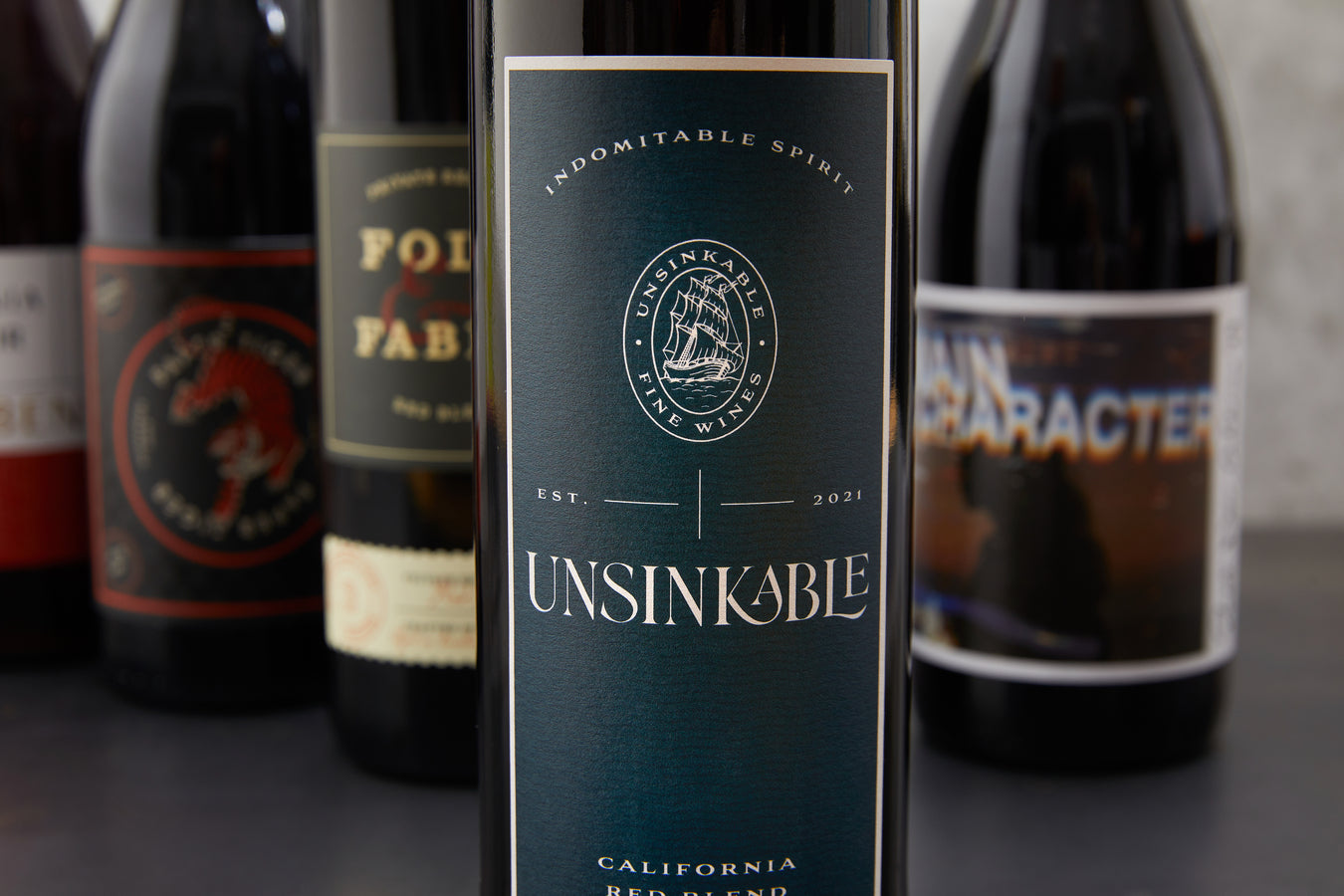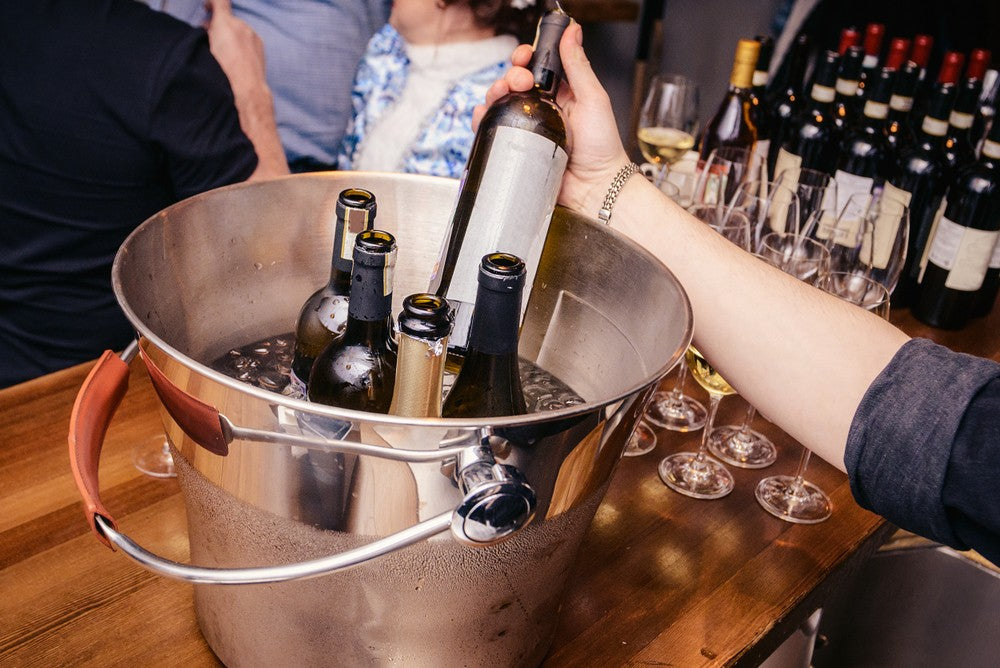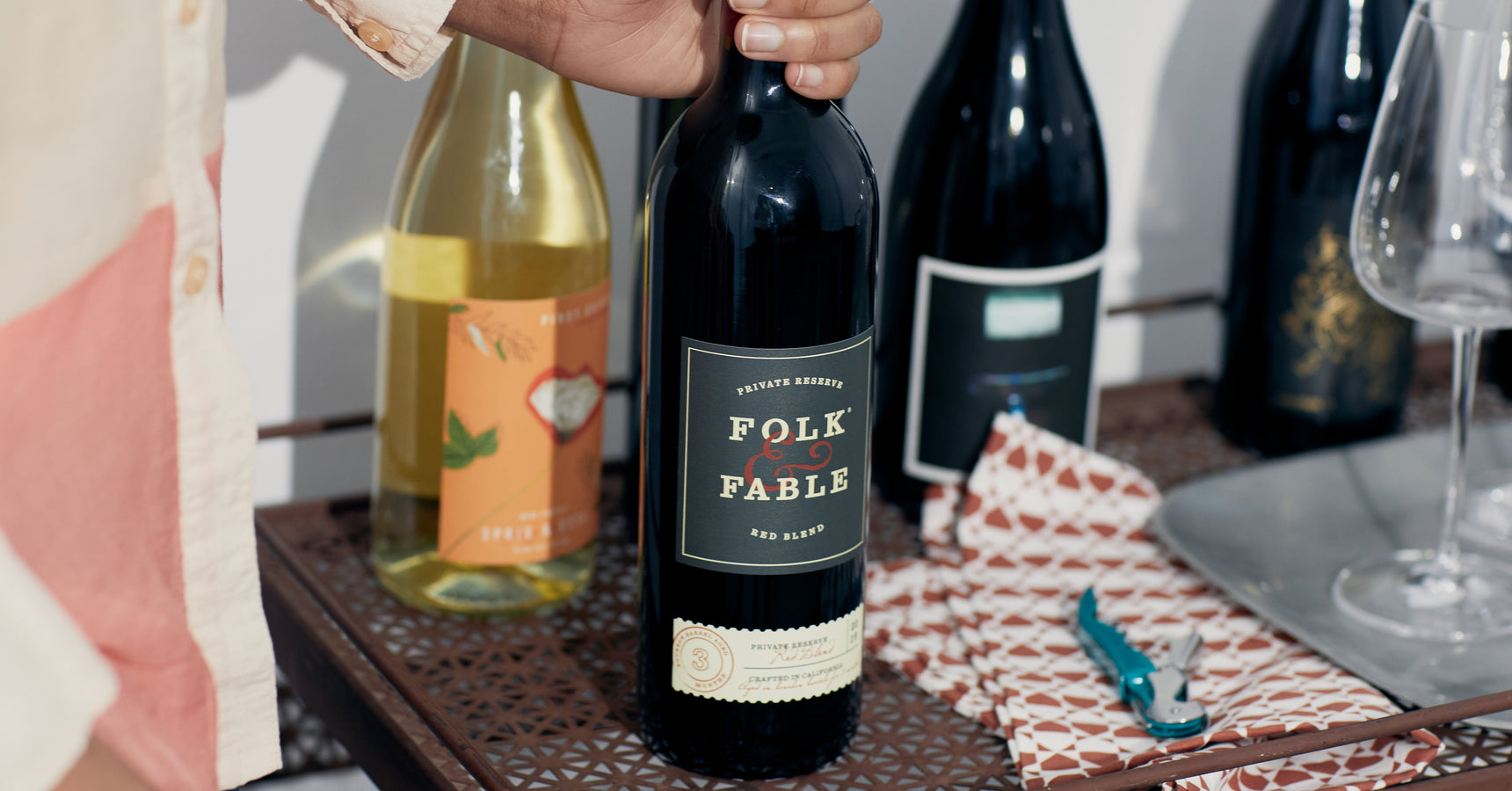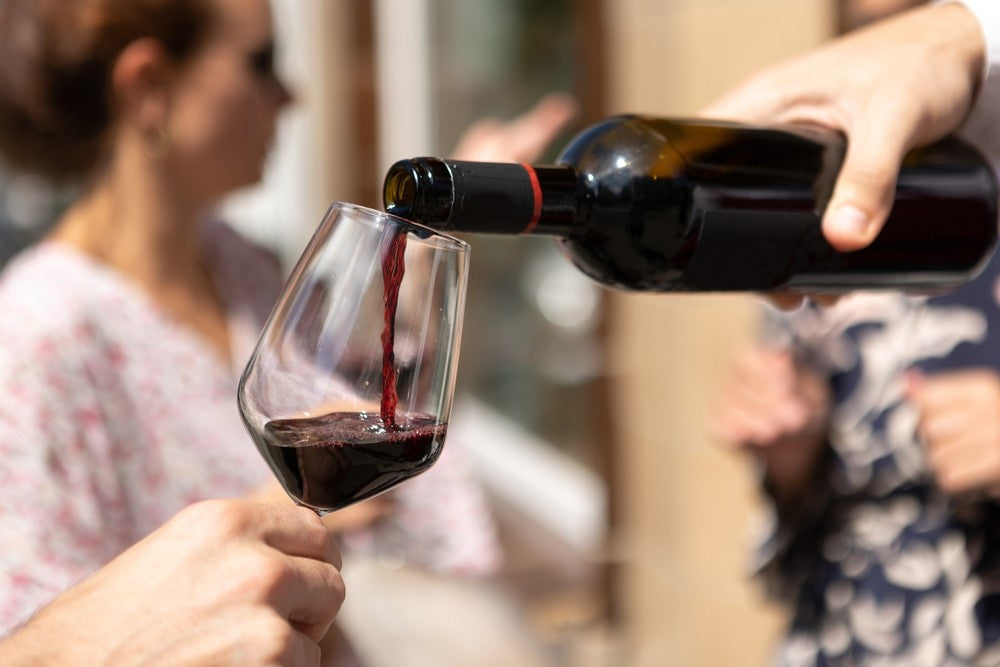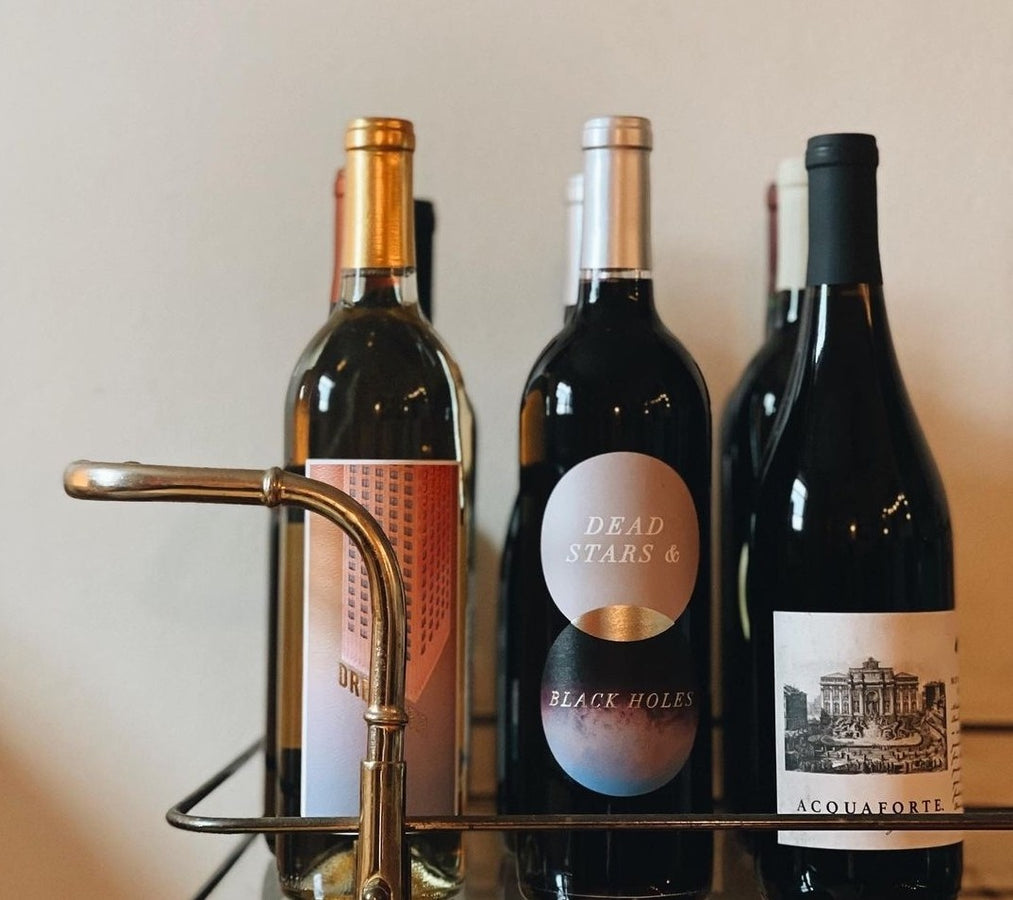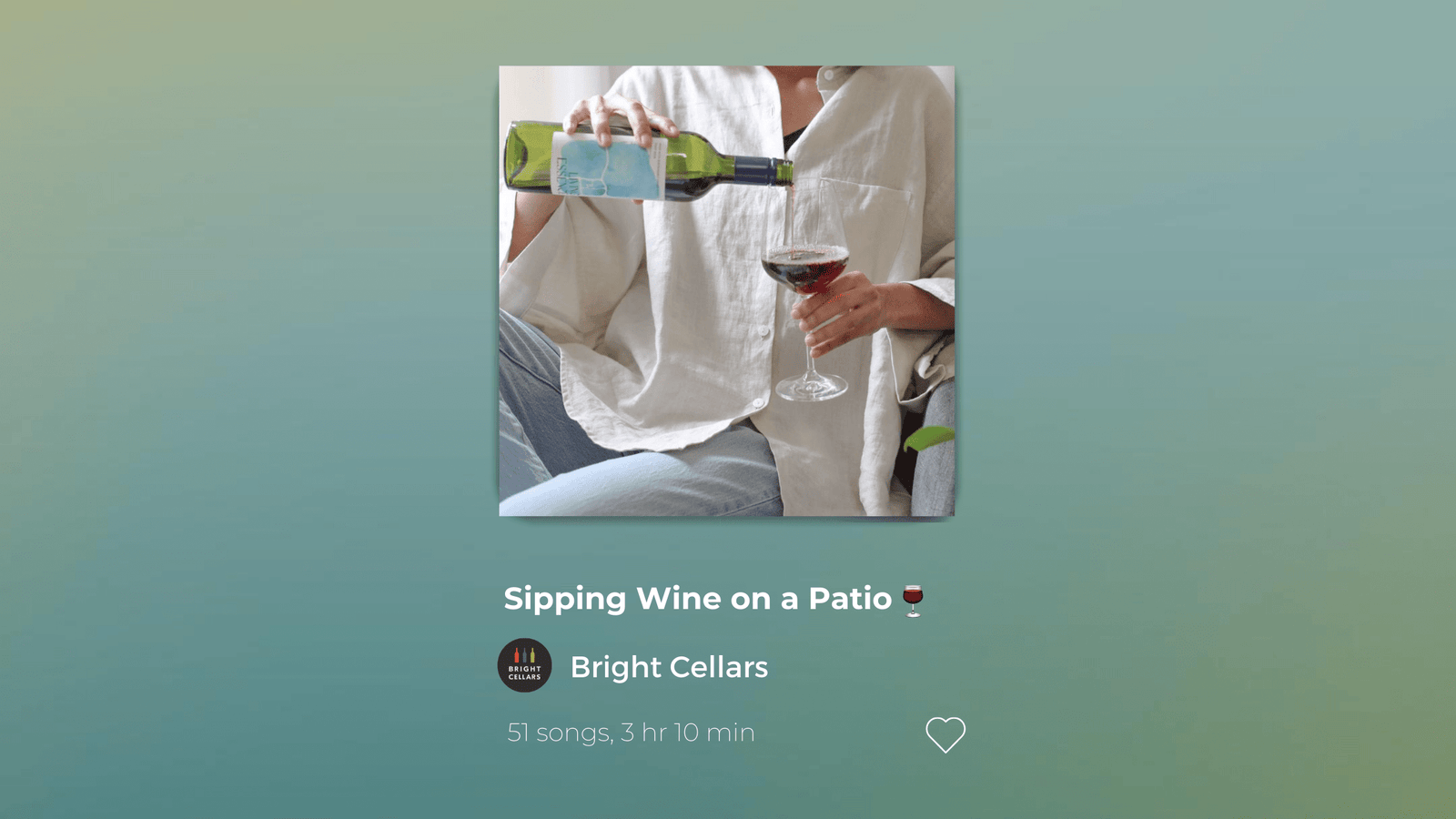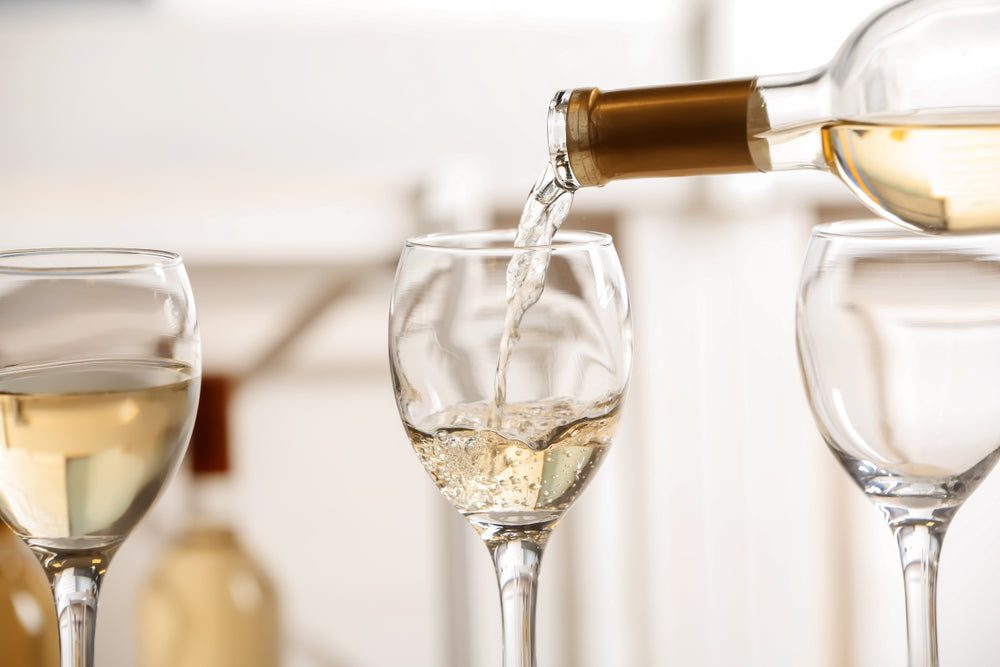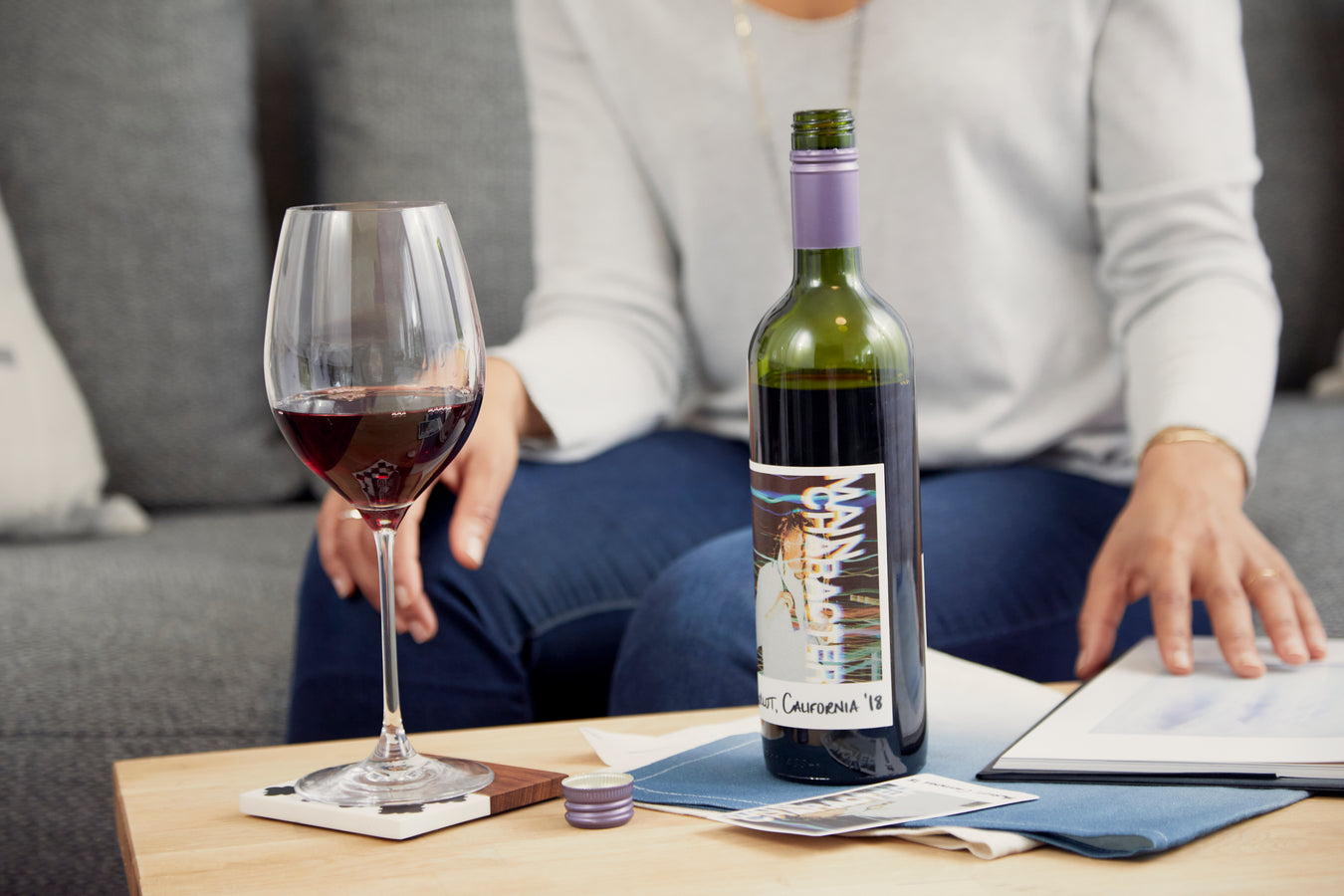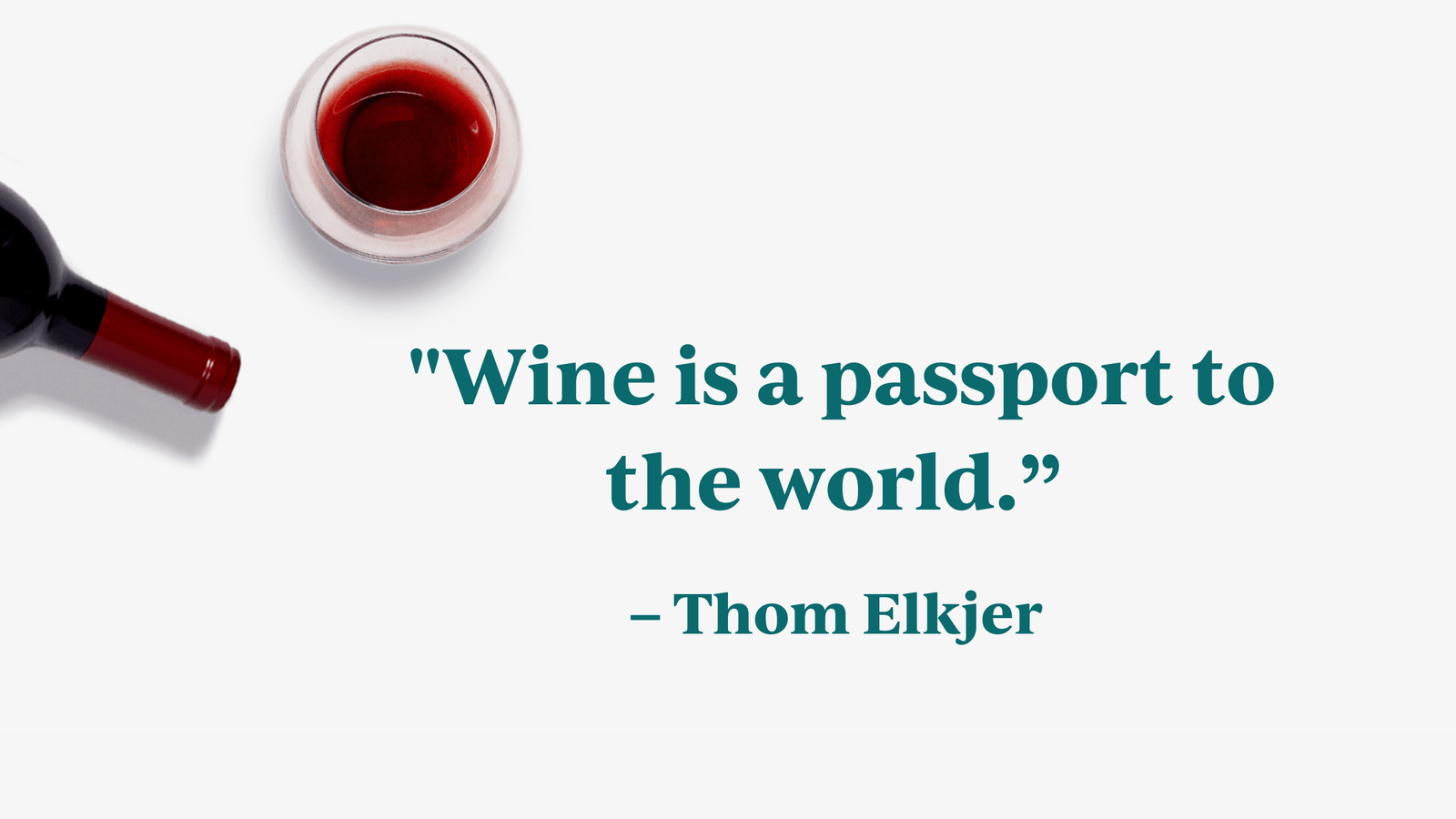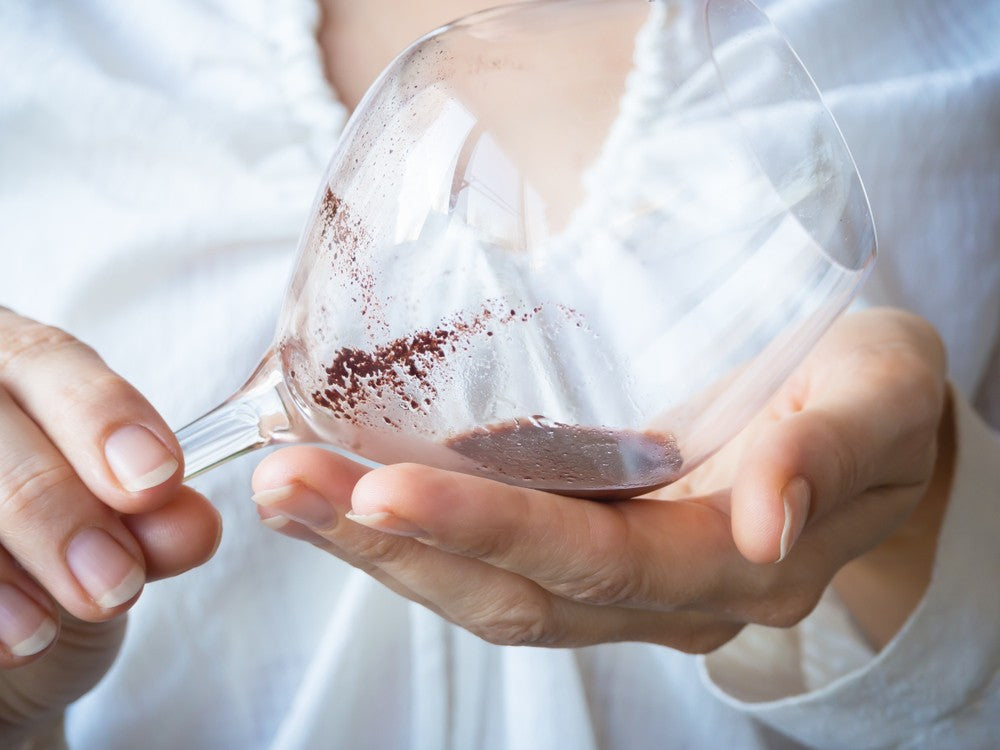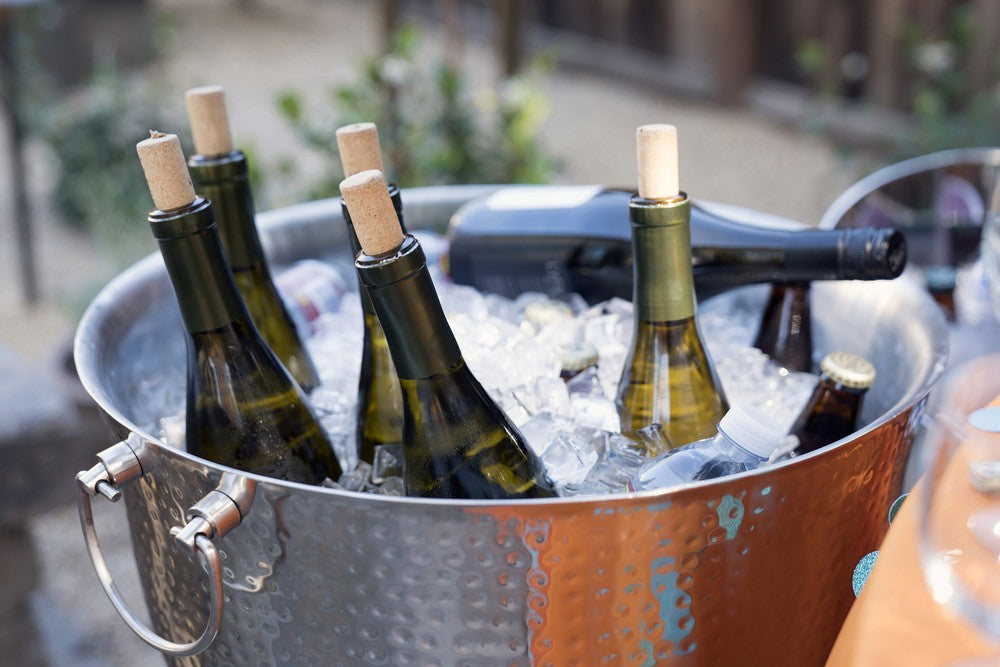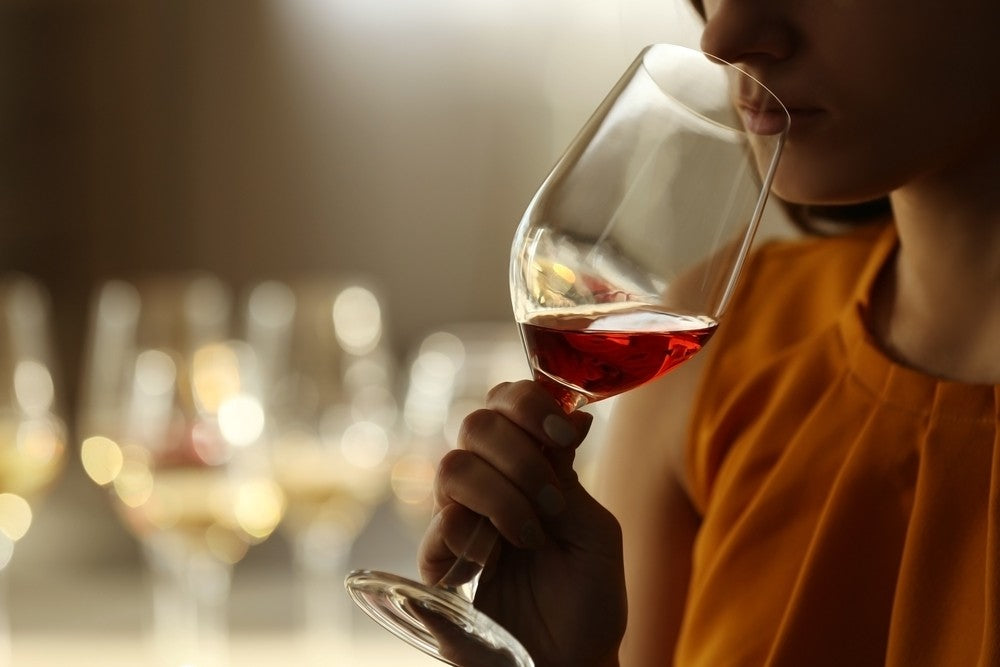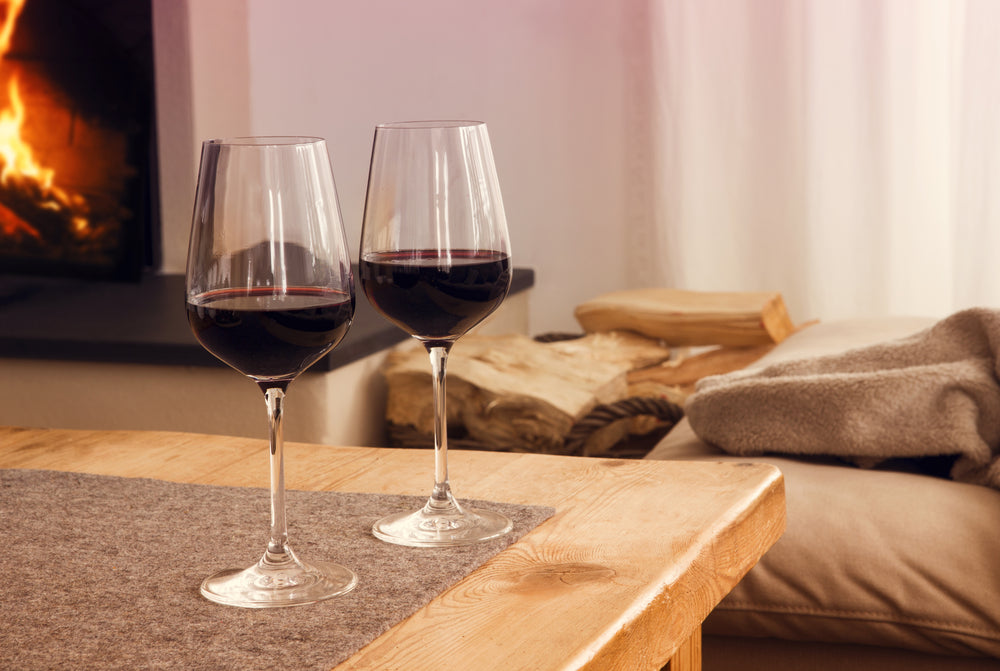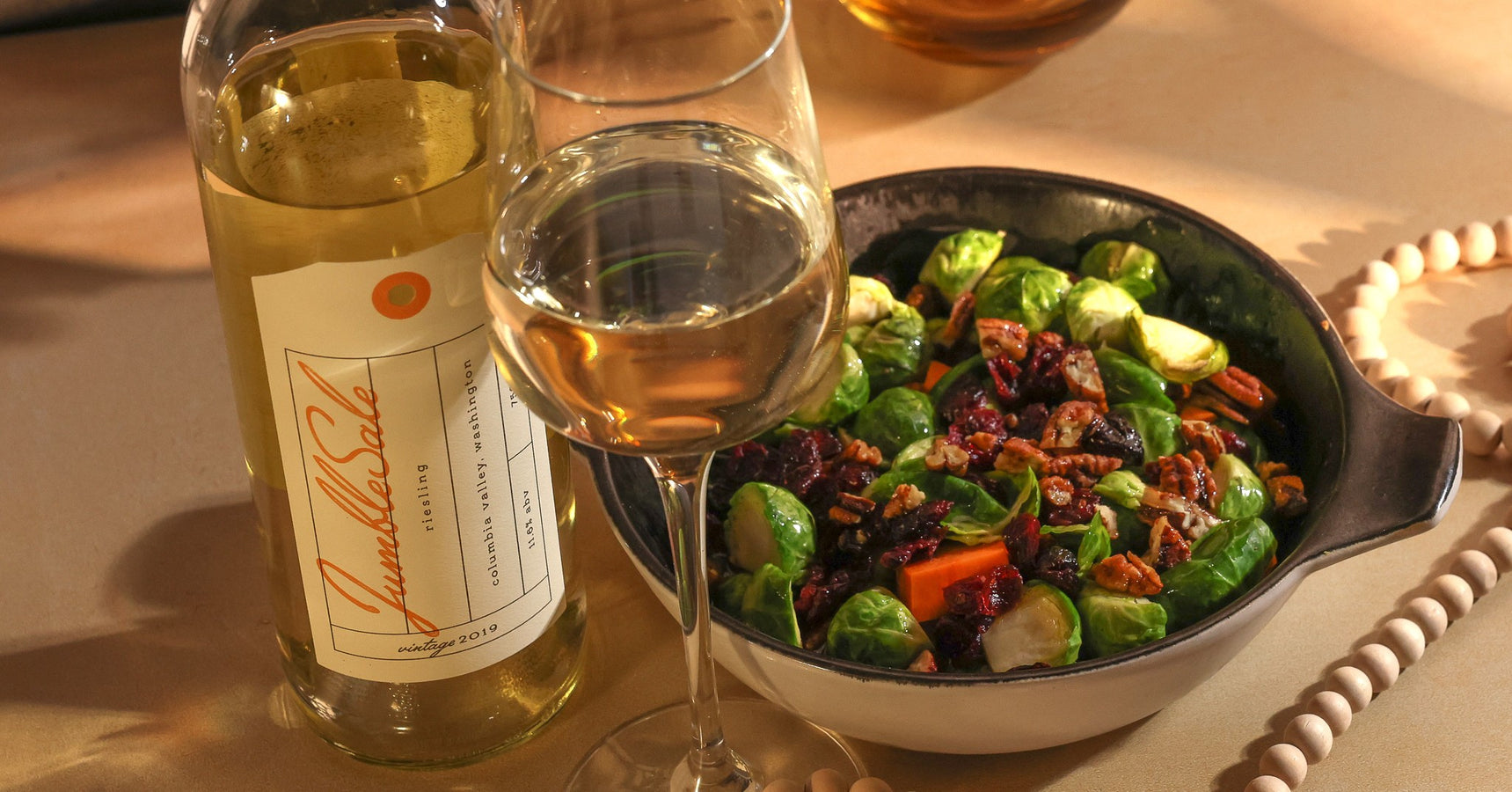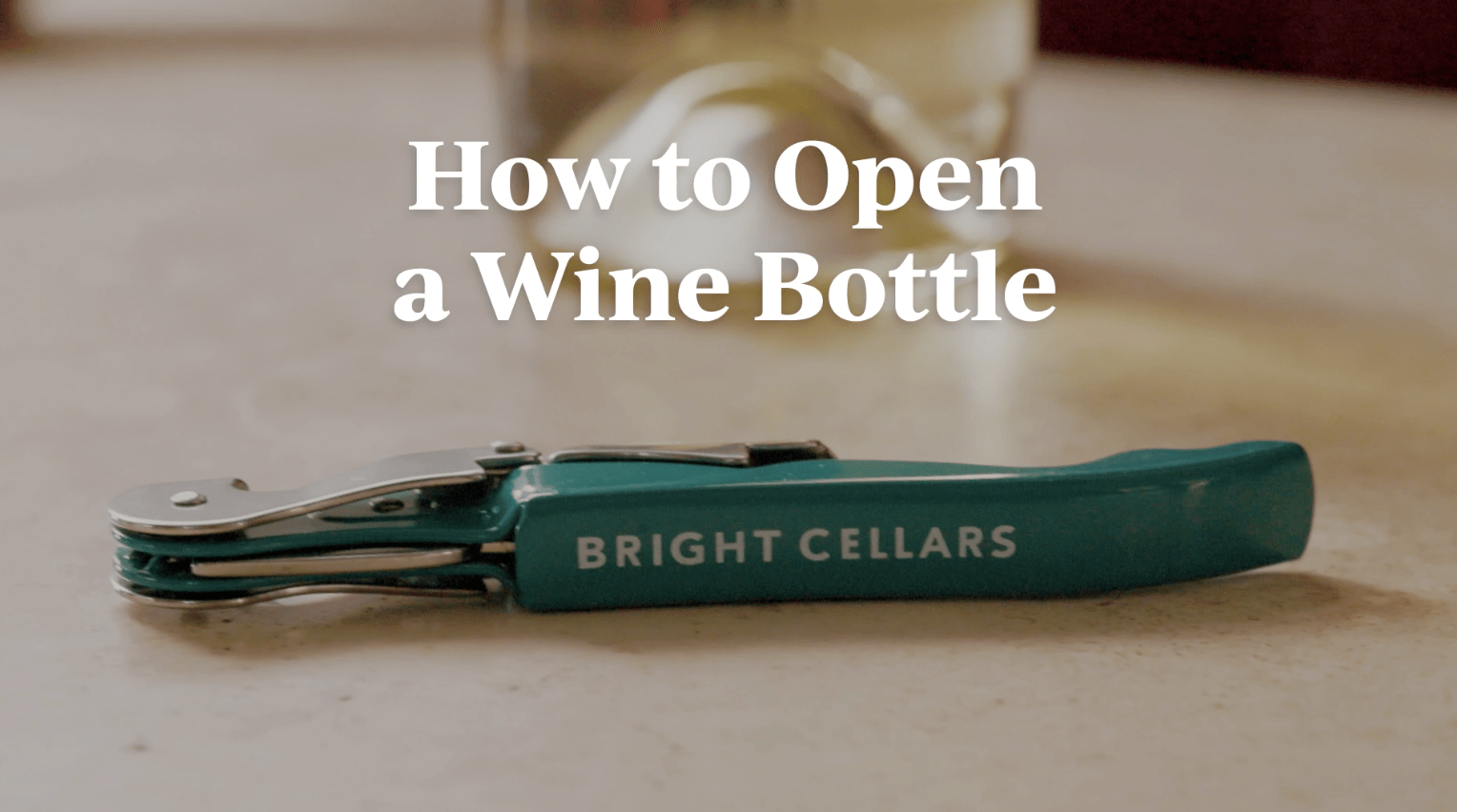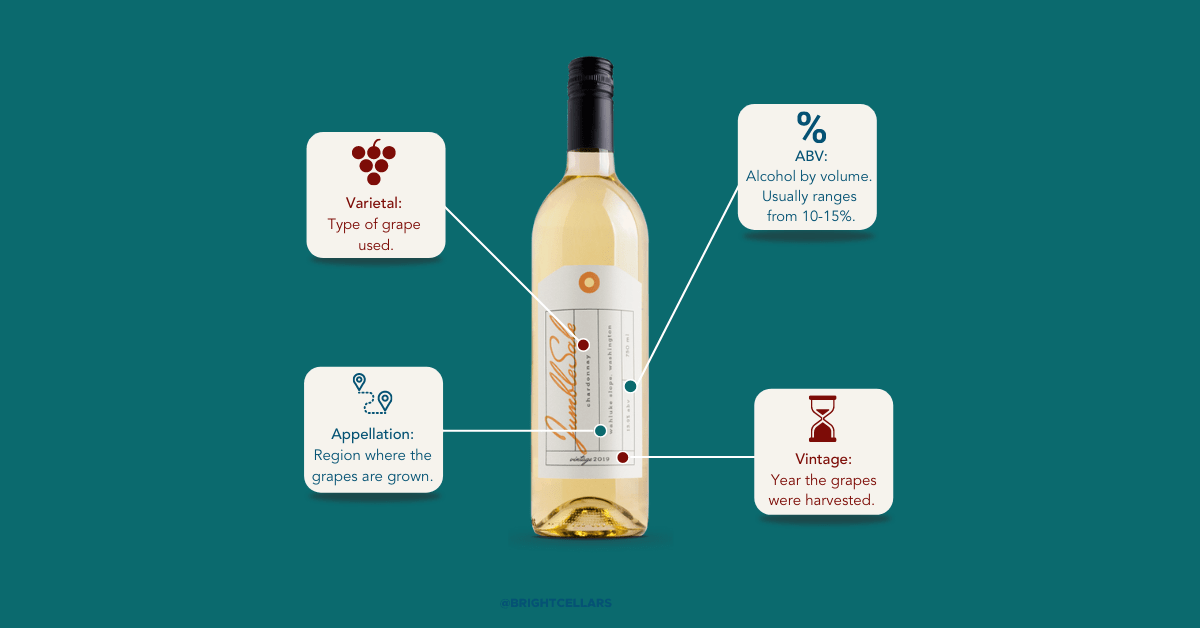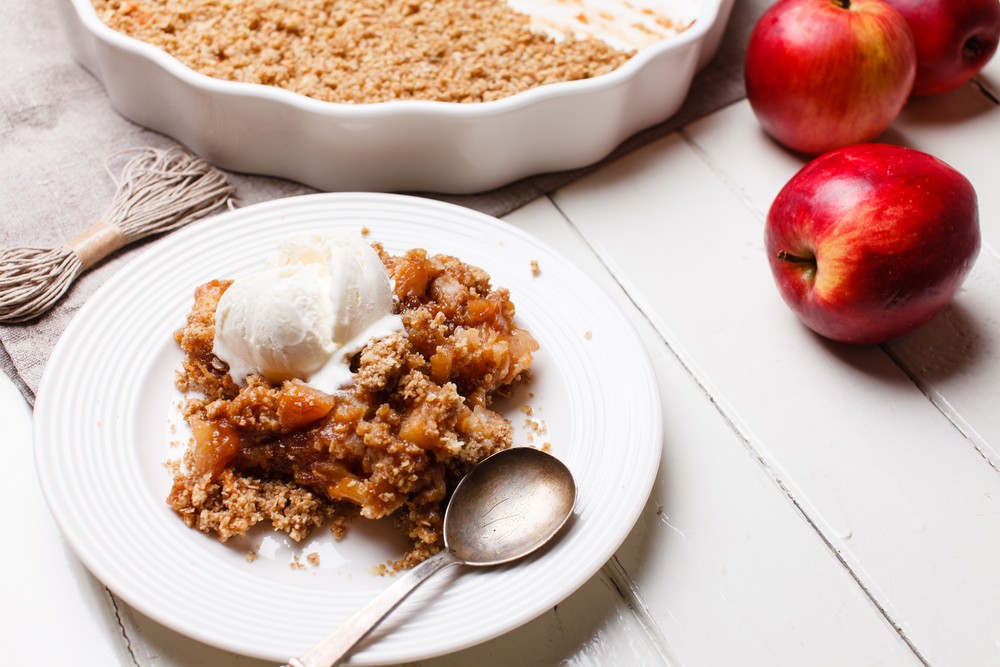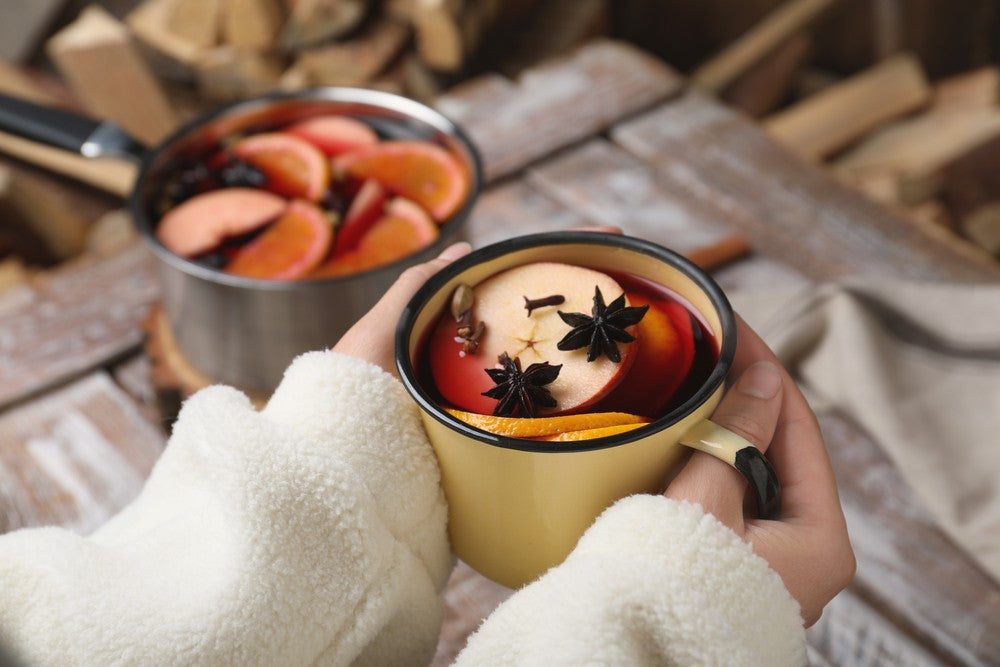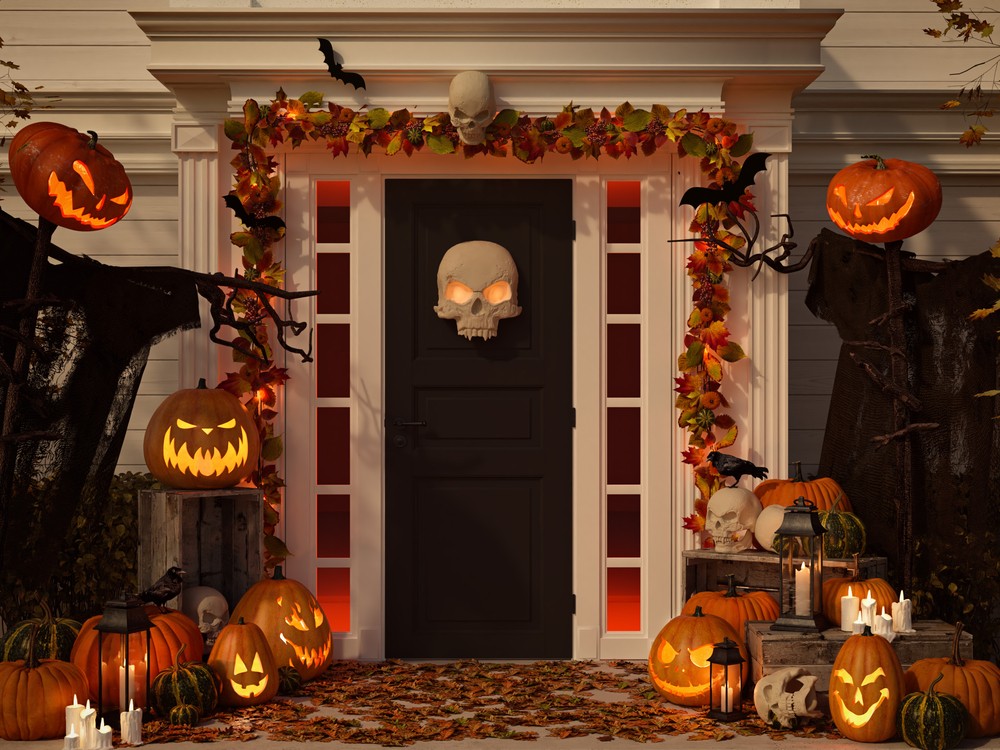
Put your somm face on and mumble, “ahhhh yes, smells of rich mahogany”?
All jokes aside, there are a few habits you can put into place to enrich your wine tasting experience. Giggle along with your friends all you like, but we know who will be slaying the next blind wine tasting!
We asked our Bright Cellars’ community about the first thing they do after pouring themselves a glass of wine, and here are the results.
THE RESULTS
- 35.2% of respondents said the first thing they do is smell it.
- 26% of respondents said they always swirl it around in the glass.
- 18.4% of respondents said they just drink it.
- 17.4% of respondents said they make sure to inspect its color.
- 3.1% of respondents said they hold it up to the light.
We also asked our Bright Cellars Instagram community, and we received some insightful answers:
- Hold it up to the light! If I can’t see through it, I know I’ll like it.
- All of the above!
We’ve done a lot of surveys in our day, but the numbers are usually never this close! We love hearing from all of you, and we especially love hearing about your wine experience. Let’s dive into why we do what we do.
How can smelling your wine elevate your wine experience?
Turns out, there’s a whole lot of science surrounding wine smells.
Smelling wine takes your wine tasting experience to a new level. Our sensation of smell is very akin to our sense of taste, so it makes sense to give the glass a first pass with your nose. In fact, a large part of the enjoyment of wine tasting rides on our ability to smell.
Smelling wine is quite complex - there are more than a hundred individual aroma compounds that can result in thousands of potential smells. Impact compounds are the ones that stand out the most - the ones that can lead to you a specific wine. There is even a difference between the smell or aroma that’s attributed to the specific grape versus the smell from the winemaking process of fermentation and aging.
What does swirling wine do?
Many people will swirl their glass of wine before drinking to aerate the wine and release heightened aromas. So if you’re going to sniff, make sure you swirl first! You can also use a decanter or an aerator prior to pouring yourself a glass - it’s the same concept.
People also swirl wine to get a feel for ‘legs.’ What are legs, really? Wine legs or ‘tears’ are droplets that form inside of a wine glass. Many people think legs are a reflection of the quality of the wine, however, that’s not really true. Legs actually indicate the alcohol level of the wine. Wines with higher alcohol content will collect a higher density of droplets on the sides of the glass. Sweeter wines will actually flow slower down the sides of the glass, simply because they are more viscous.
What about inspecting its color and holding it up to the light?
If you didn’t know, red wines actually get their color from soaking in the skins of grapes. We can learn a lot from the color or hue of red wines, such as the age of the wine.
When it comes to red wine, opacity can also tell you a lot about the glass in your hand. Truly opaque red wines have more pigment (antioxidants) than more translucent red wines. Color intensity can also be affected by tannins, so wines that are more opaque may have higher levels of tannins.
IN VINO FINITO
For those of you who say to heck with all this fancy stuff and just skip straight to sipping, we get it. Cheers to that!




